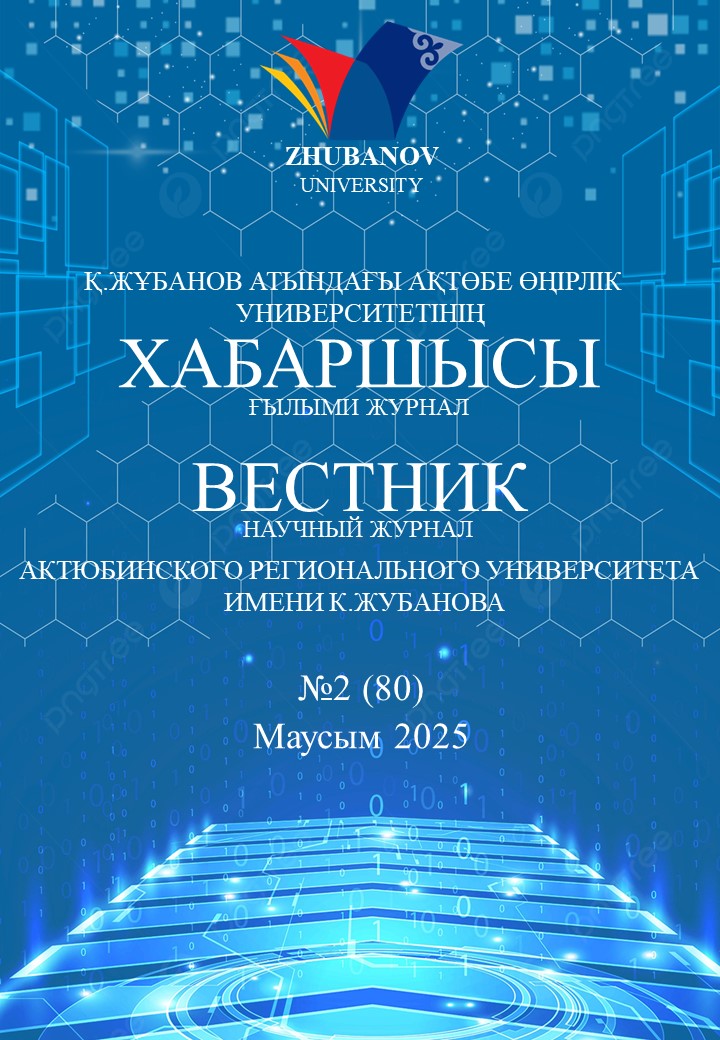This research work considered the purification of industrial wastewater from organic and inorganic pollutants using adsorption methods. Wastewater treatment is one of the most urgent environmental issues of our time. Industrial discharges contain harmful substances such as heavy metals, petroleum products, phenols, nitrates, and other toxic compounds that can adversely affect the environment and human health. In this study, natural zeolite and activated carbon derived from walnut shells were selected as sorbents. These materials are eco-friendly, inexpensive, widely available, and possess high adsorption capacities.
Laboratory experiments were conducted using water samples collected from various industrial areas. The results showed that both sorbents effectively removed organic and inorganic pollutants. Activated carbon was particularly efficient in removing organic compounds, while zeolite demonstrated high performance in binding heavy metals. The physicochemical properties of the water before and after treatment (pH, clarity, salinity, odor, dissolved oxygen content) were analyzed, revealing a significant improvement in water quality.
The possibility of regenerating and reusing the sorbents was also studied. After regeneration, both materials retained their adsorption properties, making the method economically advantageous. Therefore, the adsorption methods discussed in this work represent a promising and environmentally sustainable approach to the treatment of industrial wastewater and can be effectively implemented in practical applications.
ORYNBASSAR R.O.
Сandidate of chemical sciences, associate professor, Aktobe Regional University named after K. Zhubanov, Aktobe, Kazakhstan
Е-mail: raihan_06_79@mail.ru , https://orcid.org/0000-0002-6198-3018
ESENOVA S.A.
Student, Aktobe Regional University named after K. Zhubanov, Aktobe, Kazakhstan
Е-mail: esenovasymbat9@gmail.com, https://orcid.org/0009-0003-6113-7289
BOLAT A.D.
Student, Aktobe Regional University named after K. Zhubanov, Aktobe, Kazakhstan
Е-mail: bolatakmaral@mail.ru, https://orcid.org/0009-0002-0960-2705
- Gogoi, A.; Mazumder, P.; Tyagi, V.K.; Tushara Chaminda, G.G.; An, A.K.; Kumar, M. Occurrence and fate of emerging contaminants in water environment: A review. Groundw. Sustain. Dev. 2018, 6, 169–180. DOI: https://doi.org/10.1016/j.gsd.2017.12.009
- Tang, Y.; Yin, M.; Yang, W.; Li, H.; Zhong, Y.; Mo, L.; Liang, Y.; Ma, X.; Sun, X. Emerging pollutants in water environment: Occurrence, monitoring, fate, and risk assessment. Water Environ. Res. 2019, 91, 984–991. DOI: https://doi.org/10.1002/wer.1163
- Braga, R.M., Santiago, R.C., Araújo, L.C.B., et al. Description of sodium bentonite and calcium and its applications as phenol adsorbent, 2010. – P.1-3.
- Ebenezer T. Igunnu, George Z. Chen. Produced water treatment technologies // International Journal of Low-Carbon Technologies, 2012. – P.1-21.
- Nonato, T.C.M., De A Alves, A.A., Sens, M.L., et al. Produced water from oil - A review of the main treatment technologies // Journal of Environmental Toxicology, 2018. - 2(1). – P.23-27.
- Arnold, K., Stewart, M., Surface production operations. Design of oil handling systems and facilities. – Elsevier, 2008. - Vol. 1, Third edition. – 768p.
- Cline, J.T. Treatment and discharge of produced water for deep offshore disposal. In: API Produced Water Management Technical Forum and Exhibition, Lafayette, LA, 1998.
- Rodrigues, J.B.S.M. Contribution to the study of the main treatment technologies used in the treatment of effluents from the oil industry, 2008.
- СТ РК 1662-2007. Вода для заводнения нефтяных пластов. Требования к качеству.
- Arnold, K., Stewart, M. Emulsions and oil treating equipment. Selection, Sizing and Troubleshooting. Elsevier, 2008. – 1st edition. – 304p. DOI: https://doi.org/10.1016/B978-0-7506-8970-0.00001-3
- Al-Zahrani, S.M., Putra, M.D. Used lubricating oil regeneration by various solvent extraction techniques // Journal of Industrial and Engineering Chemistry, 2013. – 19. – P.536-539. DOI: https://doi.org/10.1016/j.jiec.2012.09.007
- Taiwo, E.A., Otolorin, J.A. Oil recovery from petroleum sludge by solvent extraction // Petroleum Science and Technology, 2009. – 27. – P.836-844. DOI: https://doi.org/10.1080/10916460802455582
- Schwab, A.P., Su, J., Wetzel, S., Pekarek, S., Banks, M.K. Extraction of petroleum hydrocarbons from soil by mechanical shaking // Environmental Science Technology, 1999. – 33. – P.1940-1945. DOI: https://doi.org/10.1021/es9809758
- Abdel-Azim, A.A., Abdul-Raheim, A.M., Kamel, R.K., Abdel-Raouf, M.E. Demulsifier systems applied to breakdown petroleum sludge // Journal of Petroleum Science and Engineering, 2011. – 78. – P.364-370. DOI: https://doi.org/10.1016/j.petrol.2011.07.008


